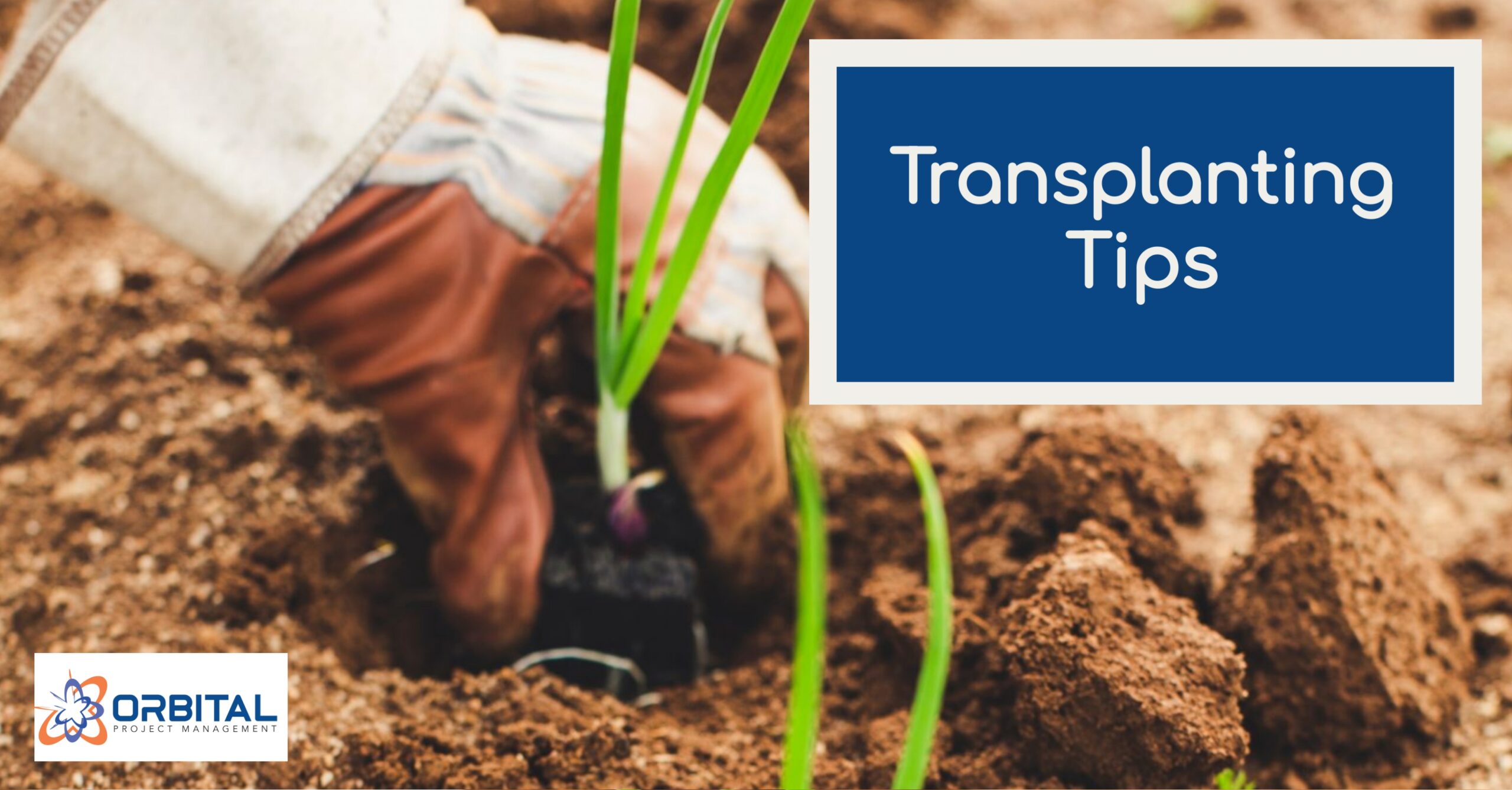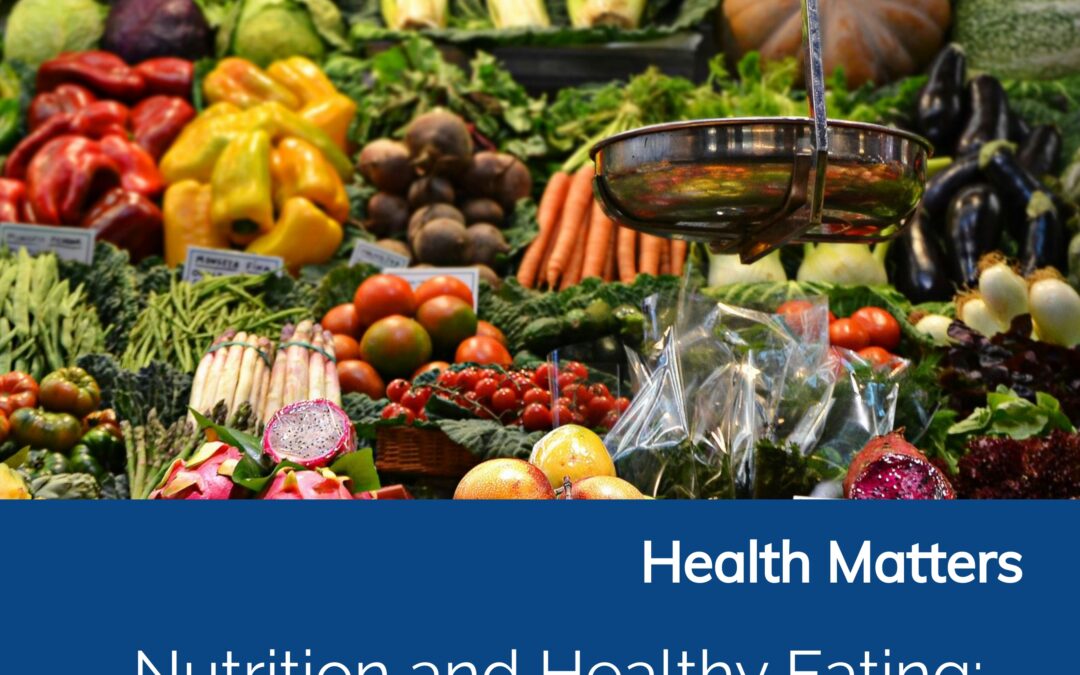It’s time to get all those teenage seed starts launched into the big wide world!
Hardening Off
To avoid temperature shock, acclimate your seedlings over a few days or up to a week by moving them outdoors during daytime hours. Make sure they are well watered before setting them outdoors and avoid scorching sun. Open or dappled shade is best.
Exposing seedlings to alterations in temperature, sun, and breezy conditions will better prepare them to manage the transition to external variations in weather.
Transplanting
Whether you’re using the straw bale method (make sure you have prepared bales prior to planting), patio containers, raised beds, or just good old ground soil, the process is similar:
🌱 Loosen the soil (or conditioned straw) for the planting hole
🌱 Gently remove the plant from it’s growing container
🌱 Loosen any roots that have started to grow in a circular pattern
🌱 Place in hole so plant will be at the same depth as it was in its container*
🌱 Add additional soil around seedling
🌱 Press soil firmly into place
🌱 Water deeply to remove air pockets around roots
*One exception to planting at the same depth is for tomatoes. To improve tomato rooting, you can remove the lower sets of leaves and plant deeply so only top 2-3 sets of leaves are above the soil. Tomatoes grow roots from their stems, so this will ensure better uptake of nutrients as the season progresses. It also makes plants that have gone leggy indoors much sturdier!
Plan to transplant in the early morning or evening after the sun has started to set. Planting in the heat of a sunny day will cause transplant shock, and watering may burn leaves if they are wet in the hot sun.
Watering
After the initial drenching done at transplant time, watering your garden plants will vary widely based on climate, weather, soil, sun exposure, and plant uptake. Plan to monitor soil dampness daily until a pattern emerges for each of your plant types.
Most recommendations say to water only when soil no longer feels damp, and some plants thrive in those conditions. But pay attention to the leaves as well. Plants that droop and have withered leaves may need additional or more frequent watering.
With few exceptions, plants only need to be watered at their bases. Keeping leaves dry also helps to minimize the spread of certain fungal spores. And never get leaves wet when the sun is out or delicate leaves may burn.
Some leaves begin to yellow with too much water, while yellowing can also be a sign of a lack of nutrients. Let Google be your friend when it comes to assessing each plant variety and what its needs are.
Pests
Sometimes insects will quickly attack new transplants. Other times they may wait for a certain growth phase to lay eggs on the underside of leaves or burrow into larger stems.
Make it a practice to inspect plants as you water. Look for aphids, beetles, caterpillars, and any signs of unhealthy leaves. Some insects leave trails through leaf interiors in looping lines. Others lay eggs in groups on the undersides of leaves.
There are fun insect identification apps, though the best aren’t free. They are a fast and *mostly* correct way to identify a pest. You can also do a Google image search of a photo and see what comes up. Or try searching “tomato plant pests” or something similar for a list of multiple types of insects for a given plant variety.
The most eco-friendly method to handle pests is to hand pick them off. Some gardeners carry a bucket of water with a drop of dish soap in it to drop offenders into. If you’re not into the idea of touching insects or smashing their eggs, then look into DIY recipes for managing them.
From borax and sugar mixtures for ants to essential oil and water blends that can be sprayed onto plants, there are numerous home remedies for eliminating them without reaching for harmful chemicals. Pesticides and herbicides impact not only the targeted pests, but also beneficial species like ladybugs and honeybees.
Just like with watering, if you need to spray plants with a liquid only do so in cool morning or evening hours and never while the sun is out.
There are also beneficial species like ladybugs and nematodes that may be purchased to work as a control for certain pests. Ladybugs can devour a ton of aphids, so buying a pack for release in your garden may be another method to try.
Fertilizing
Depending on the soil used for your garden, your plants may benefit from one or more applications of fertilizer during the growing season. Some varieties like corn are heavy feeders and may require multiple applications to produce well.
My hands-down favorite fertilizer is Neptune’s Harvest Organic Fish & Seaweed. Yeah, it stinks. But it is safe to use and is a foliar fertilizer. I dilute the concentrate with water according to the directions and apply with a sprayer by dousing the entire plant at dusk to avoid leaf burn.
The plants absolutely love the stuff, and I don’t worry about any harm to the environment.
Be cautious when using commercial fertilizers as they may burn plants if over applied and may pose a threat to animals or children if eaten.
Just buy Neptune’s foliar organic stuff and we can all be safe and happy.
No, they don’t pay me to say that.
And They’re Off
Planting, watering, managing pests, and fertilizing will ensure your garden has the most optimal conditions to produce this season.
Some varieties that were started indoors months ago may be flowering already and producing soon. Other cold-hardy varieties that you direct sowed in the past month like radishes may have their first foods ready to eat.
Next month, we will talk about plant supports, harvesting, and some ways to prepare for preserving the upcoming bounty.
Why Bother
I have been asked by more than one person why I bother with a backyard garden each year anyway. They argue that by the time you add up costs (soil, fertilizer, seeds, water…), I may break even with the cost of food at the grocery store. Perhaps that was true before inflation went crazy…but only if you count the actual months of production vs. consumption. If you get into food preservation and being able to supplement grocery needs for the better part of a year, gardening offers a massive savings. And that’s just compared to conventional produce. If you want to talk organic (or at least local, unsprayed) fruits, vegetables, and beans, backyard gardening is MUCH less expensive than purchasing organic produce.
More than financial savings are the decreases in the carbon load for home production. No need to truck in produce from across the country or drive to the grocery store multiple times each week. From fossil fuel usage to carbon emissions that causes, backyard gardening does an amazing job of shrinking carbon footprints.
Not to mention the flavor of homegrown foods. There is a major difference between homegrown berries, peas, beans, potatoes, greens and store-bought (and often gas-ripened) ones. Really, there’s no comparison.
It’s not too late! If you want to try some homegrown food this season, grab a seed packet or some starter plants at the store. Plant them into a container or the ground and get growing!
Have You Subscribed?
For a sure-fire way to get all the month’s gardening tips, submit the form below to be added to our monthly newsletter, The Nucleus.






